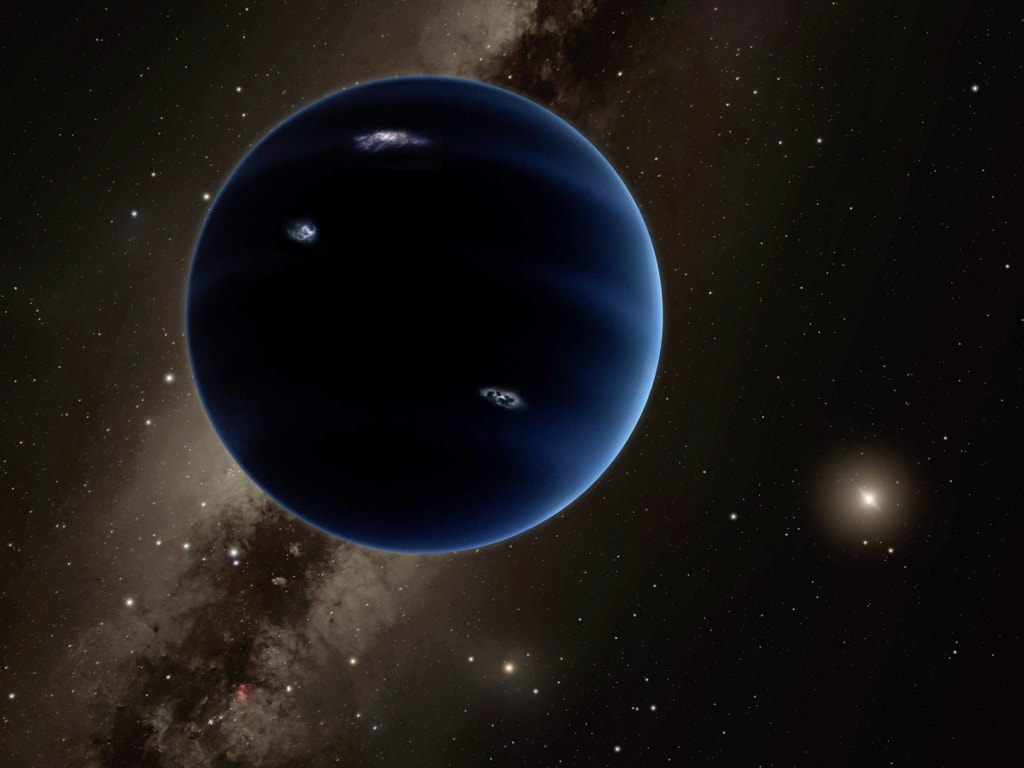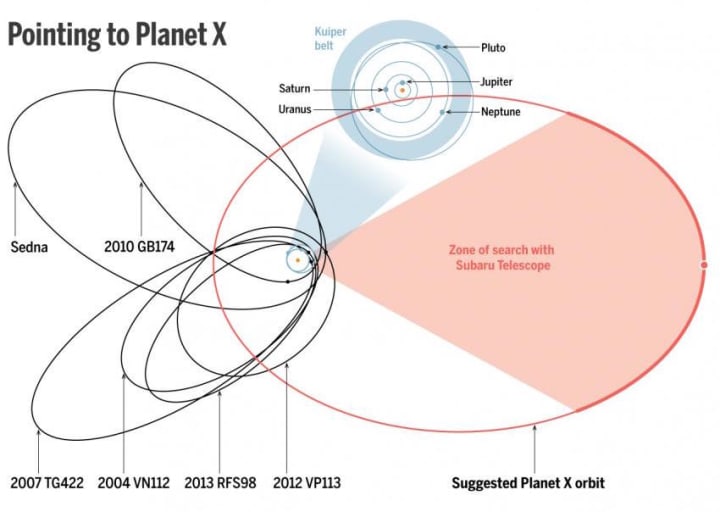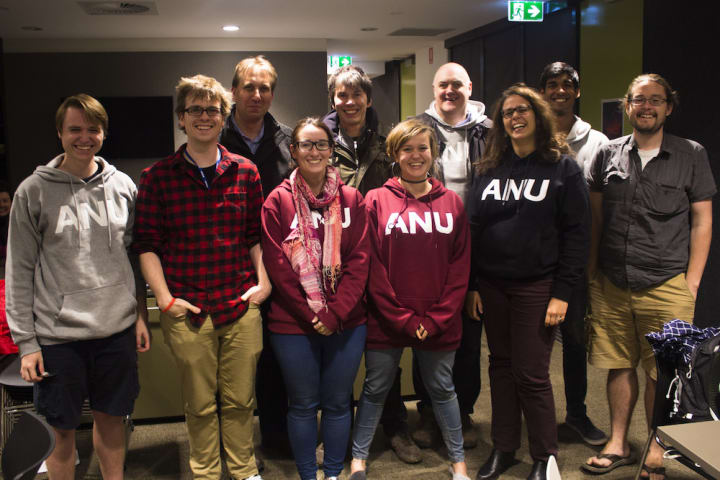Researchers Identify Four Possible Candidates in Search for Planet 9
The search also narrows down possible locations in the outer Solar System.

The search for a possible ninth planet in our Solar System has intensified in recent months, with more astronomers as well as amateurs joining in the hunt. Previous studies have hinted at its existence, but actually finding it has remained an elusive task. Now, astronomers from The Australian National University (ANU) are investigating four unknown objects in the outer Solar System that could be viable candidates for the mystery planet.
An ANU-led citizen science search by about 60,000 people has so far classified over four million objects in space. The four objects of interest have been identified as possible candidates for Planet 9, and the search has also located already known objects such as minor planets far beyond Neptune. These findings help to show that the search techniques are working as intended.
“We’ve detected minor planets Chiron and Comacina, which demonstrates the approach we’re taking could find Planet 9 if it’s there,” said Dr. Tucker from the ANU Research School of Astronomy and Astrophysics.
The new planetary search was launched on the BBC’s Stargazing Live broadcast from the ANU Siding Spring Observatory. The SkyMapper 1.3-metre telescope at Siding Spring was used to help rule out areas in the southern sky where Planet 9 could be situated.
“We’ve managed to rule out a planet about the size of Neptune being in about 90 per cent of the southern sky out to a depth of about 350 times the distance the Earth is from the Sun,” he said.
“With the help of tens of thousands of dedicated volunteers sifting through hundreds of thousands of images taken by SkyMapper, we have achieved four years of scientific analysis in under three days. One of those volunteers, Toby Roberts, has made 12,000 classifications.”
As to whether any of the four objects turns out to be the must sought-after planet, only time will tell.
Calculated orbit of Planet 9

The calculated orbit of Planet Nine. Image Credit: (data) JPL; Batygin and Brown/Caltech; (diagram) A. Cuadra/Science
Current theories about Planet 9 suggest a planet about the size of Neptune or perhaps a "super-Earth" similar to super-Earths now discovered to be orbiting many other stars. The planet's existence has been inferred from data about the strange orbits of six Kuiper Belt objects. Calculations point to a planet about 10 times the mass of Earth and 20 times farther from the Sun than Neptune, on average.
“This would be a real ninth planet,” said astronomer Mike Brown. “There have only been two true planets discovered since ancient times, and this would be a third. It’s a pretty substantial chunk of our Solar System that’s still out there to be found, which is pretty exciting.”
“Although we were initially quite skeptical that this planet could exist, as we continued to investigate its orbit and what it would mean for the outer solar system, we become increasingly convinced that it is out there,” said Konstantin Batygin, an assistant professor of planetary science. “For the first time in over 150 years, there is solid evidence that the Solar System’s planetary census is incomplete.”
Their findings are in the new paper “Evidence for a Distant Giant Planet in the Solar System,” which is in the current issue of the Astronomical Journal. The two researchers admit to initial skepticism about their discovery.
Another recent theory is that Planet 9 might not be one planet but rather a second Kuiper Belt consisting of many smaller asteroid-like objects instead.
“We need more mass in the outer Solar System,” said Ann-Marie Madigan at Harvard University. “So it can either come from having more minor planets, and their self-gravity will do this to themselves naturally, or it could be in the form of one single massive planet - a Planet Nine. So it’s a really exciting time, and we’re going to discover one or the other.”
ANU Planet 9 search team

The ANU Planet 9 search team along with BBC Stargazing Live hosts Professor Brian Cox and comedian Dara O Briain. Photo Credit: ANU
As Madigan noted in Space.com, the “argument of perihelion,” of those objects, the ratio of how much they pitch (wobble forward or backward) to how much they roll (move left or right) as they orbit the Sun, should be random, but in this case, they’re not. She compared them to several boats moving across San Francisco Bay, all pitching and rolling in the same direction at the same time.
“That would be really strange,” she said. “And so this is why it’s so strange that these minor planets in the outer Solar System are doing this.”
Since the movements of these minor planets are not as random as they should be, something must be gravitationally influencing them. Theoretically, the objects in the second theorized Kuiper Belt could “self-organize” by pushing and pulling on each other. The resulting odd orbits would have been shaped within the first 600 million years of the Solar System’s birth, if there was at least the equivalent of the Earth’s mass among the separate objects.
If this theory is correct, it would imply the existence of a second Kuiper Belt, but farther out and more massive than the one we are familiar with (and where Pluto resides).
If Planet 9 is eventually found, it will be interesting to see whether it really is another massive planet, previously unknown, or a group of much smaller objects. Either scenario would be interesting and help astronomers to learn more about the history and evolution of our Solar System.
More information on the Planet 9 project can be found on the Zooniverse website.
About the Creator
Paul Scott Anderson
Paul is a freelance space writer and blogger who currently writes for AmericaSpace and Vocal. His own blog Planetaria is a chronicle of planetary exploration.
paulscottanderson.ca
planetaria.ca






Comments
There are no comments for this story
Be the first to respond and start the conversation.